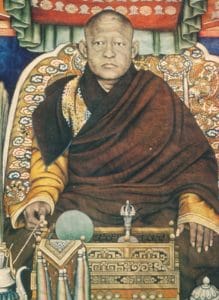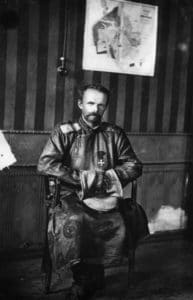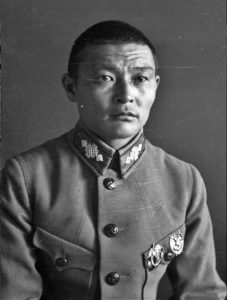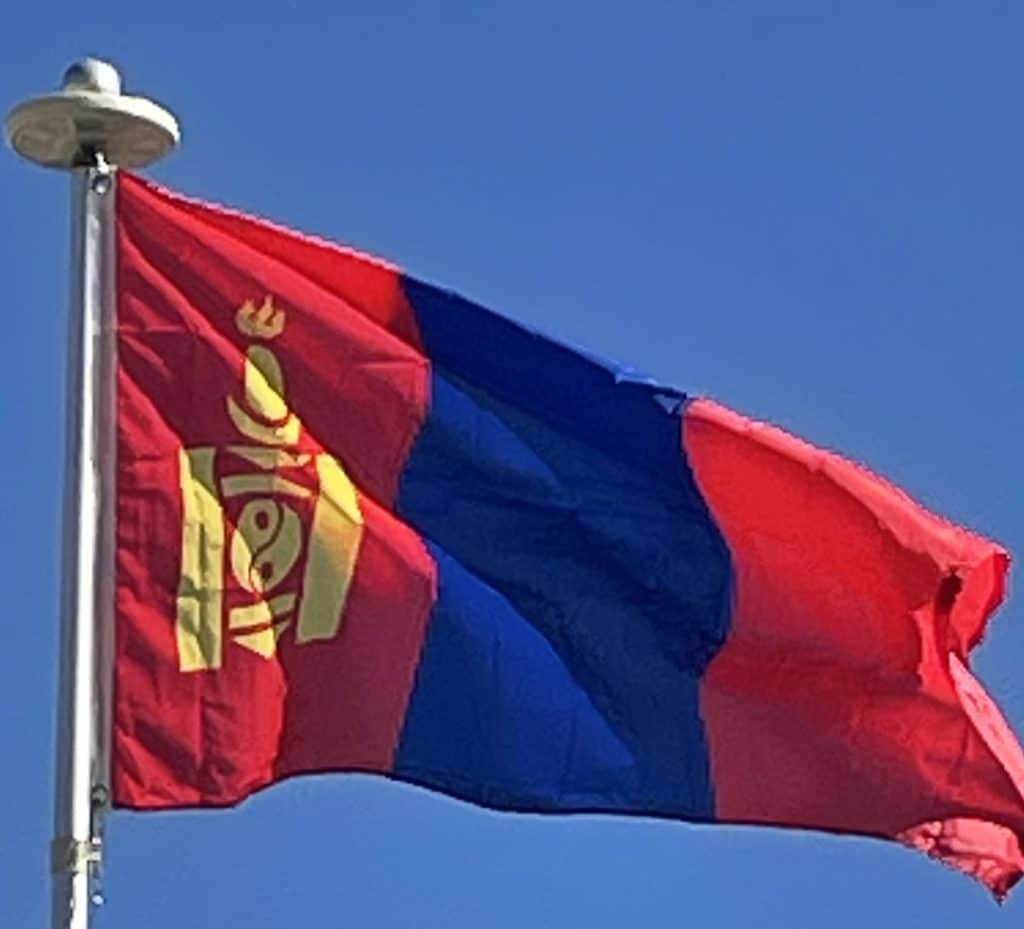Until 1911, the Qing dynasty maintained control of Mongolia with a series of alliances and intermarriages, as well as military and economic measures.
Modern History:
With the fall of the Qing dynasty in 1911, Mongolia under the Bogd Khaan declared its independence. But the newly established Republic of China considered Mongolia to be part of its own territory. Yuan Shikai, the President of the Republic of China, considered the new republic to be the successor of the Qing. Bogd Khaan said that both Mongolia and China had been administered by the Manchu during the Qing, and after the fall of the Qing dynasty in 1911, the contract of Mongolian submission to the Manchu had become invalid.

The area controlled by the Bogd Khaan was approximately that of the former Outer Mongolia during the Qing period. In 1919, after the October Revolution in Russia, Chinese troops led by warlord Xu Shuzheng occupied Mongolia. Warfare erupted on the northern border. As a result of the Russian Civil War, the White Russian Lieutenant General Baron Ungern led his troops into Mongolia in October 1920, defeating the Chinese forces in Niislel Khüree (now Ulaanbaatar) in early February 1921 with Mongol support.

Bolshevik Russia decided to support the establishment of a communist Mongolian government and army. This Mongolian army took the Mongolian part of Kyakhta from Chinese forces on March 18, 1921, and on July 6 Russian and Mongolian troops arrived in Khüree. Mongolia declared its independence again on July 11, 1921. As a result, Mongolia was closely aligned with the Soviet Union over the next seven decades.
Mongolian People’s Republic:
In 1924, after the Bogd Khaan died of laryngeal cancer or, as some sources claim, at the hands of Russian spies, the country’s political system was changed. The Mongolian People’s Republic was established. In 1928, Khorloogiin Choibalsan rose to power. The early leaders of the Mongolian People’s Republic (1921–1952) included many with Pan-Mongolists ideals. However, changing global politics and increased Soviet pressure led to the decline of Pan-Mongol aspirations in the period after this.

Khorloogiin Choibalsan instituted collectivization of livestock, began the destruction of the Buddhist monasteries, and carried out Stalinist purges, which resulted in the murders of numerous monks and other leaders. In Mongolia during the 1920s, approximately one-third of the male population were monks. By the beginning of the 20th century, about 750 monasteries were functioning in Mongolia.
In 1930, the Soviet Union stopped Buryat migration to the Mongolian People’s Republic to prevent Mongolian reunification. All leaders of Mongolia who did not fulfill Stalin’s demands to perform Red Terror against Mongolians were executed, including Peljidiin Genden and Anandyn Amar. The Stalinist purges in Mongolia, which began in 1937, killed more than 30,000 people. Choibalsan died suspiciously in the Soviet Union in 1952. Comintern leader Bohumír Šmeral said, “People of Mongolia are not important, the land is important. Mongolian land is larger than England, France and Germany”.
